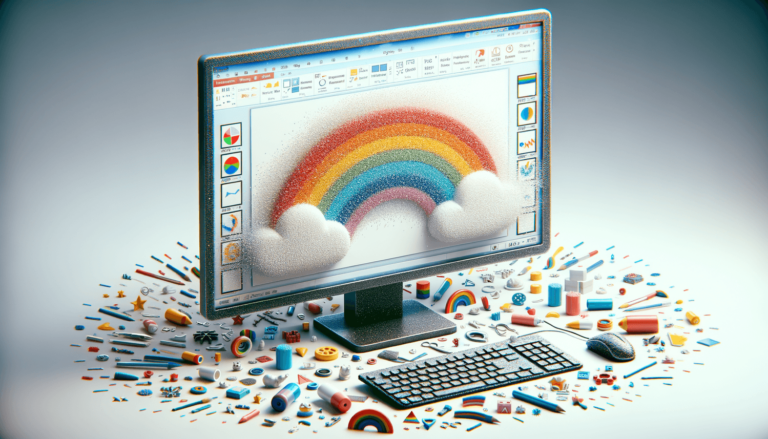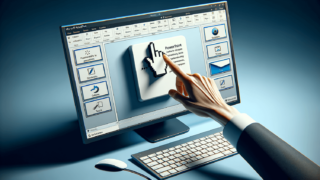
Welcome to our exploration of file extensions within PowerPoint. JPG files, particularly prevalent in presentations, play a crucial role in enriching content with visual elements. In this post, we delve into the significance of the JPG file extension and its utility in PowerPoint projects.
Category: PowerPoint File Types
What is a JPG file in PowerPoint?
A JPG file, also known as JPEG, stands for Joint Photographic Experts Group, which is the name of the committee that created the standard. This file format is primarily used for digital images, and it’s favored for its ability to compress file sizes significantly without a noticeable loss in image quality. In PowerPoint, JPG files are widely used to add photographic images to slides, thereby enhancing the visual appeal and supporting the presentation’s content.
JPG File Characteristics:
JPG files are characterized by their high compression ratio, which makes them ideal for presentations where file size and load times need to be minimized. Unlike some other graphic formats used in PowerPoint, JPG does not support transparency, which can be a consideration when designing slides. Its compression can be adjusted, allowing a balance between file size and image quality.
How to Create a JPG File:
- Open the image in a photo editor and select ‘Save As’.
- Choose JPG from the list of file formats.
- Adjust the quality settings to suit your needs.
- Save the file.
Opening a JPG File:
Opening a JPG file in PowerPoint is straightforward:
- Go to the Insert tab.
- Click on Pictures and select the JPG file from your device.
JPG files can also be opened in various image viewing and editing software across different operating systems without compatibility issues.
Use Cases:
JPG files are particularly useful in scenarios where high-resolution images are needed without consuming too much disk space. Examples include digital photo albums, background images for slides, and complex photo collages within a presentation.
Advantages and Limitations:
Benefits of using JPG in PowerPoint include its small file size and widespread compatibility. However, it’s important to mention that repeated editing and saving of a JPG image can degrade its quality over time.
Converting To and From JPG:
Converting other image file formats to JPG and vice versa can be done using most photo editing software. This process usually involves opening the original file and saving it as a JPG file or another desired format. Be mindful of potential quality loss when converting from non-compressed formats to JPG.
Best Practices:
When using JPG files in PowerPoint, aim for a balance between image quality and file size to ensure your presentations load quickly while still looking sharp. Also, consider the dimensions of the images to prevent pixelation when projected on larger screens.
Troubleshooting Common Issues:
Common issues with JPG files in PowerPoint include pixelation, unexpected compression artifacts, and file corruption. Ensuring the images are saved at a high quality and are backed up in multiple locations can mitigate these issues.
Compatibility:
JPG files are compatible across all versions of PowerPoint and other presentation software like Google Slides and Keynote, making them a versatile choice for presenters operating in varied software environments.
Conclusion:
We’ve covered the essential aspects of using JPG files in PowerPoint, from their definition to best practices. Leveraging this knowledge, you can enhance your presentations with high-quality images that are both effective and efficient. Experiment with different uses of JPG files to see how they can best serve your presentation needs.
Featured Posts
- No pillar pages found.








